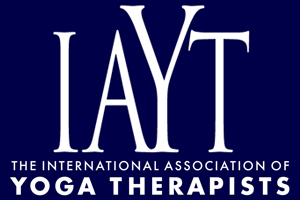Delivering Integrative Restoration-Yoga Nidra Meditation (iRest®) to Women with Sexual Trauma at a Veteran's Medical Center: A Pilot Study
Objective: This pilot study examines iRest, a form of guided mindfulness meditation, and its ability to reduce symptoms associated with sexual trauma, including military sexual trauma (MST), in a sample of women seeking psychotherapy services at a Department of Veterans Affairs (VA) medical center. Methods: 90-minute sessions were held 19 times, twice a week for 10 weeks, except for the week with a holiday. Participants completed self-report measures Brief Symptom Inventory-18 (BSI), Posttraumatic Cognitions Inventory (PTCI), and the Post-traumatic Stress Disorder Check List (PCL) pre- and post-treatment. Sixteen women were recruited: 15 enrolled, 5 dropped due to transportation issues, and 10 completed the protocol. Results: Completers reported significant decreases in symptoms of posttraumatic stress disorder (PCL, t (9) = 3.17, p < 0.01, d = 0.66), negative thoughts of self-blame (PTCI t (9) = 2.96, p < 0.05, d = 0.52), and depression (BSI, t (9) = 2.33, p < 0.05, d = 0.64). Participants also offered verbal reports of decreased body tension, improved quality of sleep, improved ability to handle intrusive thoughts, improved ability to manage stress, and an increased feeling of joy. Participants also enthusiastically endorsed the class and stated they would take it again and recommend it to others. Conclusions: This small pilot study showed promising results for delivering iRest to women with sexual trauma in a VA medical center. Further research is warranted.
